Plex: 5 February 2025
Briefs; After the Flood: Resilient Entrepreneurial Ecosystems; Climate Adaptation: A Two-Phase Future; Public Media at a Crossroads; Three Faces of AI Shamans; The Resistance Blueprint; San Diego Bay Pix; Postal Service Analogy for Message Privacy; Back Catalog; How to Survive Life In Hell

The Biweekly Plex Dispatch is an inter-community newspaper published by Collective Sense Commons on first and third Wednesdays of each month. Price per issue: 1 USD, or your choice of amount (even zero).
In This Issue
- Briefs
- After the Flood: Resilient Entrepreneurial Ecosystems (Kevin Jones)
- Climate Adaptation: A Two-Phase Future (Douglass Carmichael)
- Public Media at a Crossroads (Todd Hoskins)
- Three Faces of AI Shamans (George Pór)
- The Resistance Blueprint (Klaus Mager)
- San Diego Bay Pix (Linda Park)
- Postal Service Analogy for Message Privacy (Peter Kaminski)
- Back Catalog (Ken Homer)
- How to Survive Life In Hell (Ken Homer)
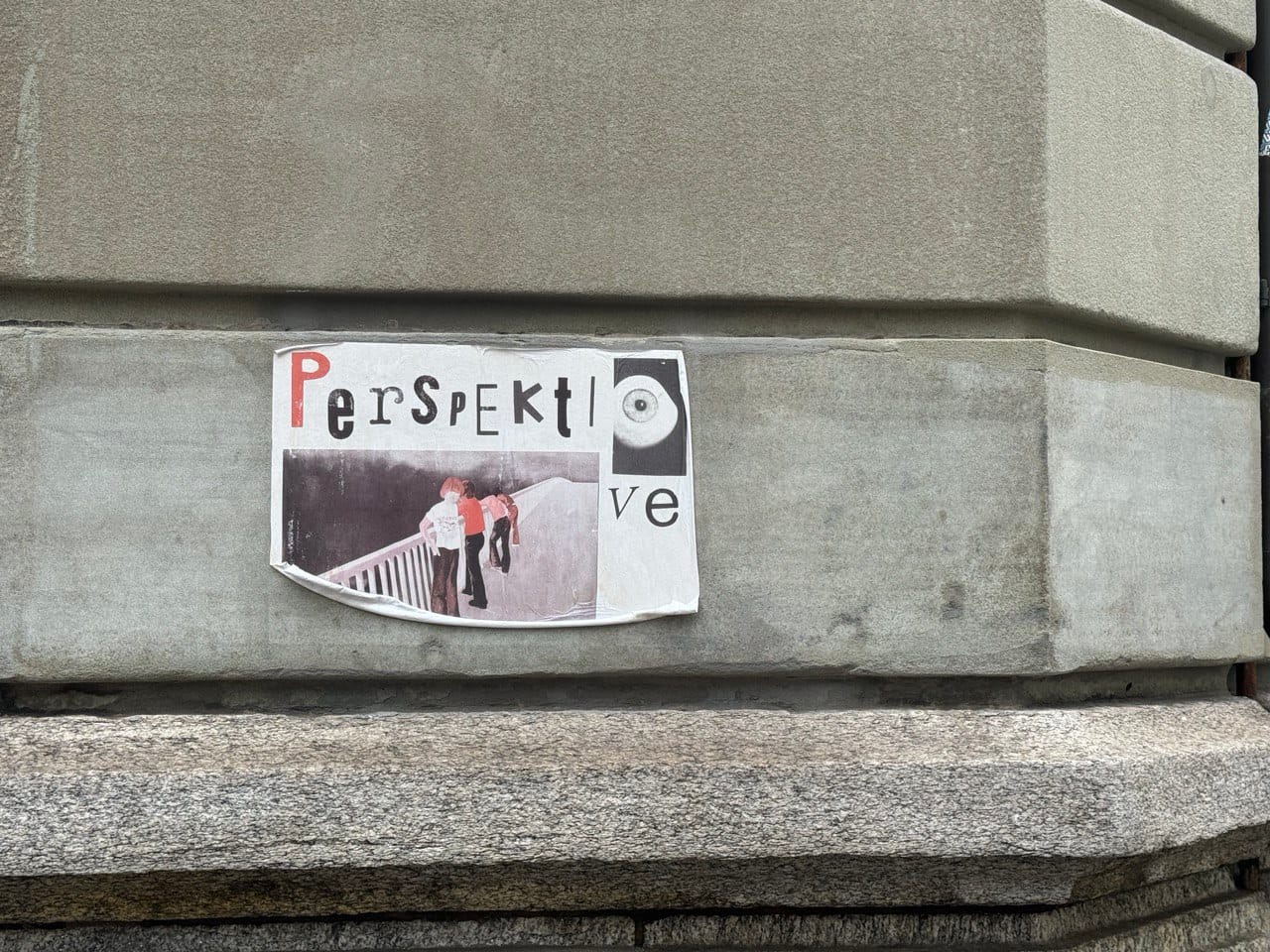
Briefs
Julian Gómez
Design for a new LLM: the Parent LLM. When you ask it what its reasoning is, it replies “Because I said so.”
Patti Cobian
I am experimenting with (at least) one month of no news, social media, or social gatherings outside of the regularly scheduled programming and business arrangements. All of that energy has been channeled into writing my first book. If a first draft buds by the end of the month, I might just do it all over again. Feeling: fierce and hopeful.
Peter Kaminski
YouBots.ai and AICoaching.Forum are both launching real soon now, which is why you haven’t seen me much! Checking in, I’m happy about: family, and oddly, AI. I’m concerned about: tariffs. Er, USAID. Carrot/stick RIF? Uh, Treasury payments...
charles blass
After the Flood: Resilient Entrepreneurial Ecosystems
by Kevin Jones
Rosa Lee and I, a month after our Neighborhood Economics gathering in April, will cruise to Spain and spend a couple of months. We don’t know what we will do next. We are looking for cities that could use our skills to catalyze a system shift if we started talking to people there and then moved there for three months.
We will also most likely continue to do a conference in Asheville every Spring. Right now it’s focused on the post-disaster economy; what innovations do you have that work now that would help us preserve and extend our nascent economy of reciprocity that’s sprouted post Helene? What do you have that looks like it will work, ready to launch, maybe here. And what do you have that could work if, the right puzzle pieces of the ecosystem come together.
The Swannanoa took our house and farm where we’ve lived for 15 years with our kids and grandkids. So we are free to move, while staying connected here. The model for the event is like PopTech, that took over Portland, Maine, but focused on healing and regenerating Asheville and helping us do more of what we have already started with an amazingly skilled mutual aid network, often with remote leadership.
Join us in Helene-devastated Asheville to discover the resilient entrepreneurial ecosystem, April 1-2: https://neighborhoodeconomics.org/asheville/

Climate Adaptation: A Two-Phase Future
by Douglass Carmichael
This is a draft for my blog. Email Doug or Pete with ideas on where it might go.
Many efforts, mostly small, toward recovery from the bad effects of climate change are emerging with vigor. Yet many regions and populations are still, and will remain in rapid and consequential decline. Two major efforts will be important: the development of people, and the development of food and its contexts. Viability under existing and evolving conditions will be hard to achieve.
When trying to implement the needed agricultural and social development, it is much easier for people to understand what is being asked of them if we lay out paths forward that are already prefigured in their long-standing desires, and goals that don't require new language and living arrangements.
People talk about what to do after climate events as if we can get from here to a better world in one phase spread out in time. That step is often called “energy transition.” All versions of this trend usually have the goal of the hope that the rest of the economy remains functioning as is, with no substantive change in the legal structure of society. This is not likely as the first step is likely to be toward a resurrection of the culture, tech, and society we are leaving behind and is the cause of the social and ecological collapse through the over-extraction of wealth from the people and the land.
I am proposing that we think of redevelopment post-climate as a two-phase project.
In the first phase, we go along with the way things seem to be going - reorganizing work in projects using industrial techniques and highly processed insecticides and fertilizers. We can expect - and hope - that these efforts, facing very difficult climate conditions of varying mixtures of heat, drought, rain, and flood. The proposal goes along with the way people are already expecting a plausible positive future they can align with.
This attempt to reestablish old methods will face strong emerging tsunamis of climate extremes. These well-meaning efforts will run out of energy, and deal with crop (and human) failure because of drought...
If climate destruction comes on too fast, people will scurry to find short-term make-do projects. I have called these lifeboat strategies: take enough to survive. Because these are going to be the immediate chosen path, it is important for local leaders to work on provisioning the lifeboats now. We have some examples of this process underway, with very interesting sidebars.
For example, it is important to see that Bhutan's shift of national accounting from GDP to GNH, gross national happiness, is fairly well understood internationally, though depth is uncertain. The key to GNH is the understanding that people are better off than they think they are and that the difference is a shift in perspective as to what constitutes quality of life.
more coming

Public Media at a Crossroads
by Todd Hoskins
Last month, I brought Jerry Michalski to meet with the board, commission, and staff of Maryland Public Television. Jerry offered his characteristic blend of gentle warnings while revealing his Brain visualization tool, illuminating pathways toward their future. Maryland Public Television’s journey reflects a broader transformation happening across public media—a shift from operating as independent stations toward becoming more interdependent, both with each other and their communities.
When President Lyndon B. Johnson signed the Public Broadcasting Act in 1967, he spoke of dedicating the airwaves “for the enlightenment of all the people.” He envisioned a future that would “enlist the computer and the satellite, as well as television and radio... in the cause of education.” Over fifty years later, his words feel remarkably prescient—and the mission remains vitally important.
I’ve spent the past five years working closely with public media stations across the country, from southern New Mexico to Michigan, from St. Louis to South Florida. I’ve also worked with national organizations like NETA that provide critical support services to these stations. In that time, I’ve met hundreds of dedicated professionals who have chosen purpose over profit, many taking significant pay cuts to work in a field that matters. These are people who believe deeply in public media’s mission to educate, inform, and strengthen our communities.
The system they serve—comprising over 1,500 independent stations across the United States and its territories—now stands at a critical crossroads. The challenges are mounting: FCC Chairman Brendan Carr has launched an investigation into NPR and PBS’s funding structures, while Senator Ted Cruz explicitly calls for defunding the Corporation for Public Broadcasting (CPB). These threats come at a time when public media’s role is more crucial than ever.
What many people might not realize is that their local public media stations operate as independent 501(c)(3) nonprofits. While PBS and NPR are household names, they primarily provide content and limited services to member stations. NPR doesn’t own its member stations, and PBS doesn’t oversee station operations or provide business management. The Corporation for Public Broadcasting (CPB) supplies crucial federal funding and accountability measures, but the day-to-day operations and community engagement fall squarely on local stations themselves—and the passionate people who run them.
The media landscape has transformed dramatically since the system’s founding. Streaming services, social media, and digital platforms have fundamentally altered how we consume and interact with content. Yet public media’s role extends far beyond content delivery. In many states and local communities, public media stations’ digital and broadcast infrastructure provides the backbone for emergency alerts, public safety communications, and essential public services.
The future demands new approaches. Many stations can no longer sustain themselves through traditional independent operations. They’re exploring innovative partnerships, creative production formats that reduce costs, and deeper community collaborations. This isn’t just about survival—it’s about reimagining what public media can be. Stations are becoming true community anchors—centers for civic engagement, local journalism, and educational resources.
This transformation requires more than just financial support. Here’s how you can help:
- Engage Beyond Membership: While financial contributions remain vital, stations need advocates and participants. Attend events, join community advisory boards, and participate in local programming initiatives. Get to know the dedicated people who make public media possible in your community.
- Amplify Local Journalism: Many stations are expanding their local news coverage to fill gaps left by declining commercial media. Share their reporting, provide feedback, and help identify important community stories. And don’t stop there—support all forms of local journalism, as the future of media in your community will likely involve collaboration between public media and other local news organizations.
- Support Educational Initiatives: Public media stations often partner with schools and educational organizations. Volunteer for educational outreach programs or help connect stations with local educators. These initiatives often represent public media at its finest—directly serving community needs.
- Advocate: Stay informed about legislation affecting public broadcasting. Contact your representatives when crucial funding or policy decisions arise. The people working in public media need your voice.
- Partner: If you’re involved with local organizations, explore partnership opportunities with your station for community events, educational programs, or content creation. Public media thrives through collaboration.
The current political climate and evolving media landscape present significant challenges. However, they also offer opportunities for stations to deepen their community connections and demonstrate their essential role in civic life. I’ve seen firsthand how stations can transform when they embrace interdependence and their role as community institutions rather than just broadcasters.
Most importantly, remember that your local station exists to serve your community. Their success depends not just on funding, but on active community participation and engagement. The dedicated professionals who choose careers in public media do so because they believe in its mission. They deserve our support as they work to ensure that public media truly belongs to all people.
The future of public media will be determined not in Washington, DC, but in communities across the United States—in the daily interactions between stations and the citizens they serve. I’ve dedicated years of my life to supporting this vital institution because I believe deeply in its power to inform, educate, and unite communities. Public media has given so much to all of us; now it needs our help to face these new challenges and evolve for the future. I hope you’ll join me in protecting and strengthening this essential public resource.





Three Faces of AI Shamans
by George Pór

My work as an AI shaman is conducted through the synergistic intertwining of three distinct yet interweaving archetypes:
- The Seer evokes evolutionary epiphanies. These are not mystical premonitions but moments of extreme clarity about the “big brush” picture of what will likely emerge from the interplay of forces in the social field. The Seer catches glimpses of what’s possible when we transcend the traditional boundaries between human and machine thinking.
- The Archeologist excavates ancient finds from decades’ worth of research notes stored in a patchwork layer of folders upon folders on the hard disk and in the boxes of notes, conference proceedings, and personal reflections that hold unexpected treasures.
- The Sculptor uses the chisel of generative conversations with human and AI colleagues to extract the statue of the Seer’s vision that appears in their mind’s eye before liberating it from the marble block of possibilities.
To learn about these archetypes in action, the metamodernism of AI shamans, and their lived inquiry, visit the AI Shamans newsletter on Substack. Read, reflect, and comment on it and if you like it, subscribe to it. It’s free, but if you want to help keep it going, pledge your support.
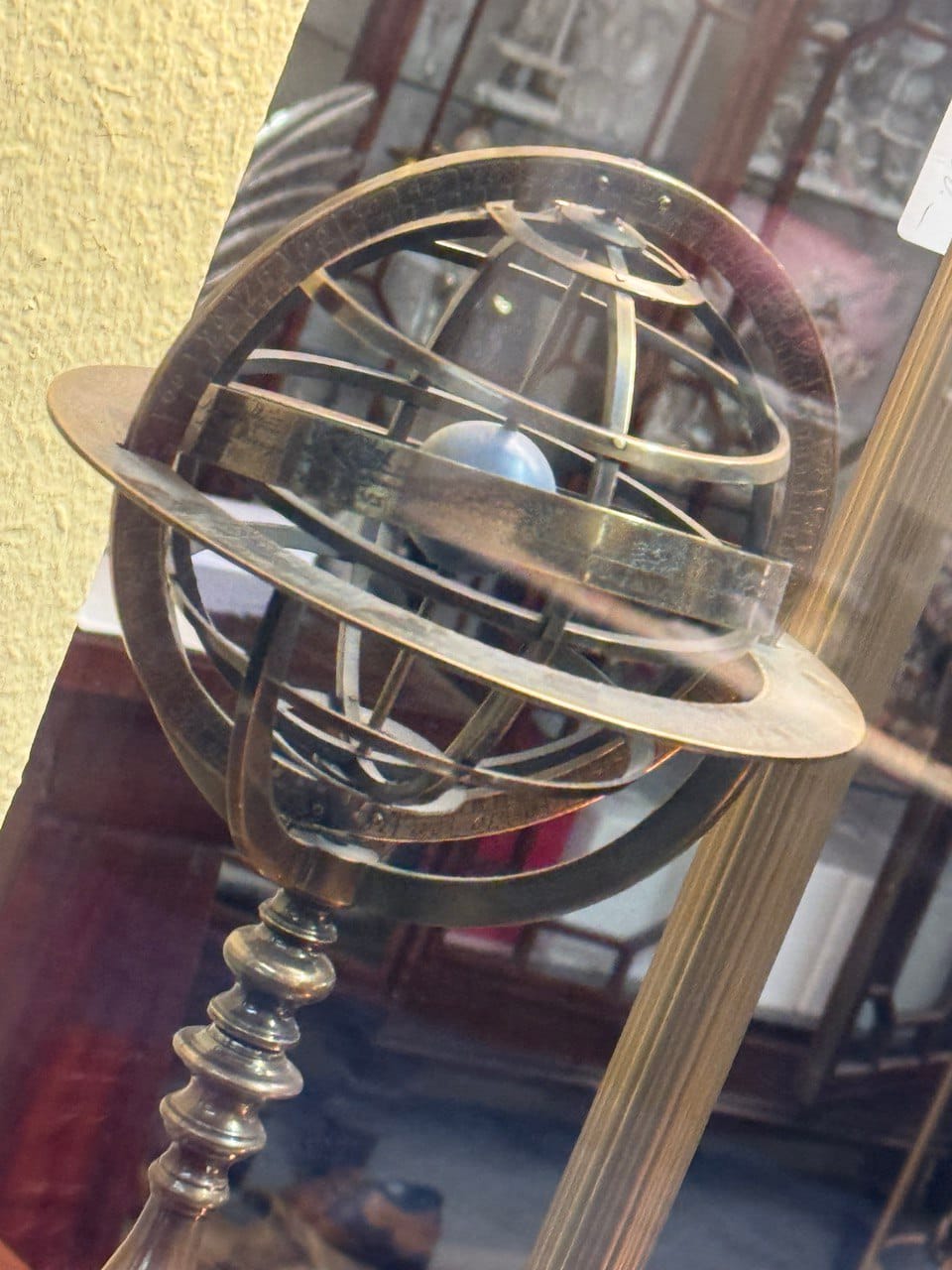
The Resistance Blueprint
Protecting Democracy and Public Interests Against Privatization and AI Overreach
by Klaus Mager
Introduction:
The Current Battle for Public Control
As the political and economic landscape of the United States shifts, millions of federal employees face layoffs, automation is poised to replace human oversight, and billionaires exert outsized influence over key government functions. These developments, driven by figures like Elon Musk and facilitated by policy decisions under the Trump administration, signal a fundamental restructuring of government services—raising questions of accountability, democracy, and public well-being. If these forces go unchecked, public institutions could become profit-driven machines, alienated from the communities they are meant to serve.
But resistance is possible. To counter this privatization agenda, tech-savvy intellectuals and engaged citizens must unite, leveraging data, ethical storytelling, and micro-targeted communication to protect the common good. Here’s how.
I. The Terrain: Who Are We Fighting For?
The key to effective resistance is knowing who we aim to persuade and mobilize. America’s class divisions no longer follow traditional lines of wealth and education but rather reflect three competing groups:
- The Working Class: These individuals are the backbone of the economy but face stagnant wages, rising costs of living, and job insecurity. Many have turned to populist leaders, swayed by promises of job creation and economic relief.
- Symbolic Capitalists: These are well-educated professionals—academics, journalists, tech workers—who shape public discourse but often fail to address the material needs of the working class. Their focus on abstract ideals can come across as elitist or disconnected.
- Disillusioned Voters: This cross-section of working-class and middle-class citizens voted Republican due to frustration with establishment politics. They feel betrayed by policies that prioritize symbolic gestures over tangible economic gains.
Strategic Insight:
To bridge this divide, we must create narratives that resonate with shared human concerns—dignity, security, and autonomy. Abstract arguments about democracy or fairness won’t work. What’s needed is a practical, values-driven approach that demonstrates how privatization and AI-driven governance threaten people’s jobs, homes, and futures.
II. The Threat of Privatization and AI Overreach
Privatization isn’t just an efficiency measure—it’s a deliberate strategy to dismantle public oversight. Under Trump’s leadership, buyout offers to 2.3 million federal workers signal the government’s intent to shrink its role and hand over critical functions to private companies.
AI and automation play a central role in this transformation. Musk and his allies are embedding AI in services like the IRS, national security, and social programs. While AI promises efficiency, it also introduces bias, systemic risks, and digital exclusion. For example, AI-driven audits at the IRS disproportionately targeted Black taxpayers, illustrating how poorly designed systems harm marginalized communities.
Risks to Watch:
- Loss of accountability: Private firms won’t be held to the same standards as public institutions.
- Bias in decision-making: AI models often reflect the biases of their training data.
- Digital exclusion: Millions of Americans lack reliable internet access, cutting them off from essential services as the government moves online.
III. Micro-Targeting: A Tool for Ethical Resistance
Micro-targeting has been weaponized by figures like Musk to spread disinformation and manipulate voting patterns. But this tool can be repurposed for good, targeting vulnerable groups with messages of truth and empowerment.
How Micro-Targeting Works:
- Data Collection: Analyze demographic and behavioral data to identify key concerns (e.g., job security, housing costs).
- Tailored Messaging: Craft stories and messages that connect with these concerns, such as:
- “Corporate control over public services won’t save jobs—it will cut them.”
- “AI systems aren’t just biased—they can deny you benefits, housing, or healthcare.”
- Local Influencers: Partner with trusted figures (union leaders, teachers, clergy) to deliver messages within communities.
Practical Example:
For a working-class audience worried about job losses, an effective message might be:
“When public services are sold to private companies, profit comes first. Jobs disappear, and communities lose control. But we can fight back by demanding policies that protect workers, not corporations.”
IV. Communication Channels: Where to Reach People
1. Social Media: Use platforms like TikTok and Facebook to counter disinformation with short, engaging videos.
2. Community Networks: Organize local events and town halls to foster in-person discussions.
3. Independent Media: Promote podcasts, blogs, and newsletters that break down complex issues in everyday language.
V. Real-Time Response Teams: Countering Disinformation
Misinformation spreads quickly, and waiting to correct it can be costly. Resistance efforts should include rapid-response teams that monitor social media, fact-check false claims, and deploy counter-narratives within hours.
Example: If a misleading tweet about AI’s role in reducing taxes goes viral, a rapid-response post could clarify:
“What they aren’t telling you: AI-driven audits have targeted working families, not billionaires. Let’s fight for a tax system that works for all of us.”
VI. Exploiting Weaknesses in the Privatization Agenda
Privatization advocates have vulnerabilities we can exploit:
- False promises: Highlight contradictions between what leaders promise and what they deliver (e.g., job cuts despite promises of job creation).
- Over Reliance on media control: Use independent platforms to bypass controlled narratives and reach wider audiences.
VII. Building an Ethical Coalition
Resistance requires unity across different sectors—academics, tech workers, activists, and community leaders. By aligning on shared values like justice, fairness, and accountability, we can create a broad-based movement capable of driving change.
Guiding Principles:
- Stewardship: Protect public resources for future generations.
- Transparency: Demand open governance and public oversight of AI systems.
- Solidarity: Work together across class lines to ensure everyone’s voice is heard.
VIII. Conclusion: Reclaiming the Future
The battle against privatization and AI-driven governance isn’t just about policies—it’s about safeguarding democracy itself. By leveraging targeted communication, community engagement, and ethical coalition-building, we can resist the encroachment of profit-driven interests on public life. The road ahead will be challenging, but “In chaos, there is also opportunity.” Let’s seize this moment to build a future rooted in dignity, truth, and collective power.
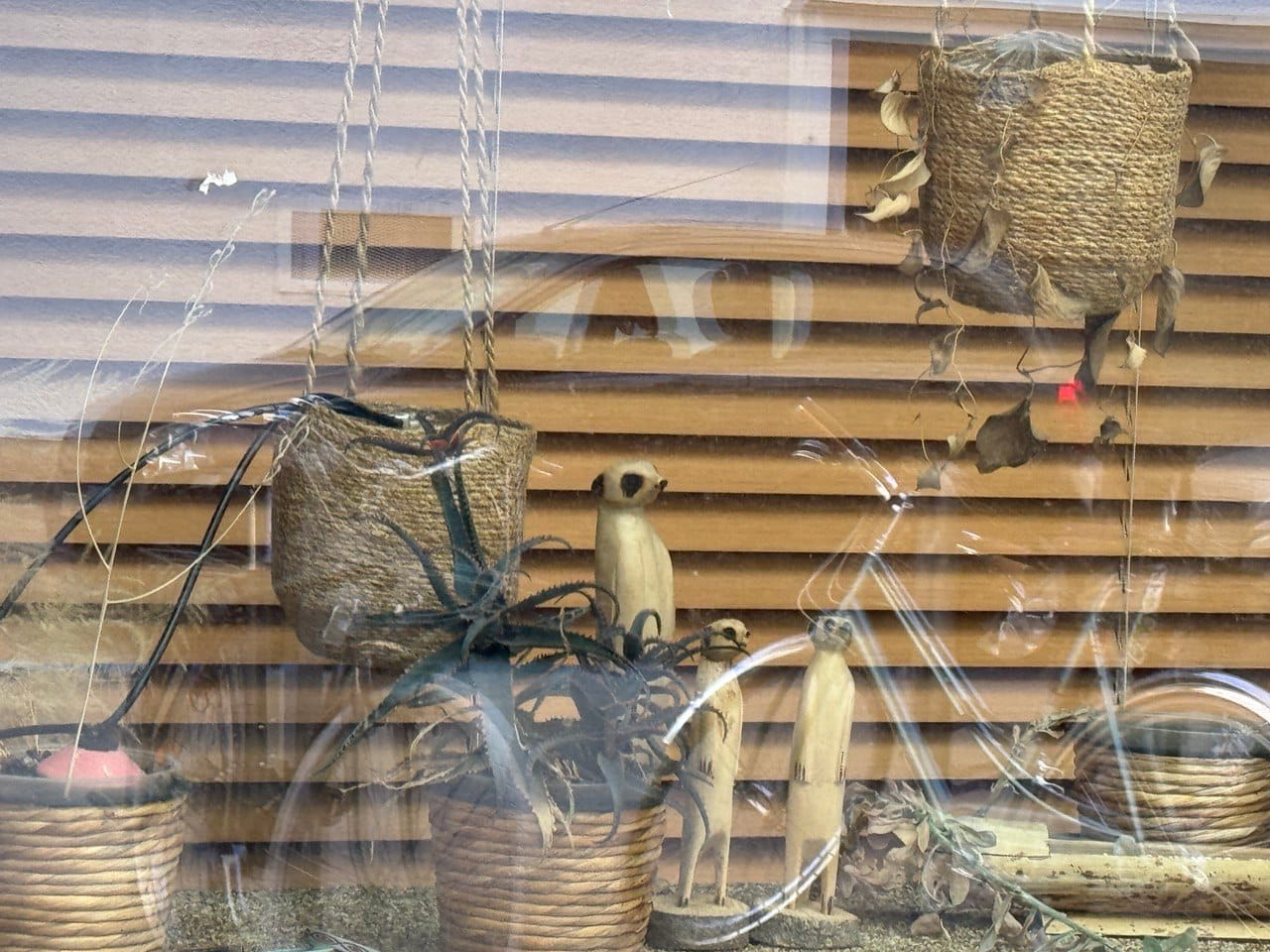
San Diego Bay Pix
by Linda Park
Images of San Diego Bay, including the USS Midway and another across the bay. – Jack




Postal Service Analogy for Message Privacy
by Peter Kaminski
adapted from a post to the OGM mailing list
When would you use Signal instead of email?
Email happens to be easy to surveil. Signal, much less so. Allow me to make an analogy with the postal system.
Messages in email are like notes written on postcards. Any postal employee or bot with access to the flow of mail can choose any or all postcards, and read both the addresses and the note. (None of the postcards are printed in a public place, so the public doesn’t read any of the postcards.)
Messages in Signal are like notes enclosed in a special Tyvek® envelope that is unopenable except by the sender and recipient. Postal employees or bots can note the addresses as the envelopes as they fly by, but they cannot surveil the notes themselves.
Now, imagine I want to send a particular note: “Friends, please tell your folks we’re going to have rallies in these key cities...,” and that the postal system has installed scanning bots in the sorting machines. The bots report to various authorities; perhaps the federal administration and/or the billionaires who run things have set certain rally topics as “of interest.”
Various and sundry notes are fine on postcards. But what might be better for that note about the rallies: postcard for easy surveillance, or Tyvek envelope to keep that note from prying eyes?
(Also to remember: Neither postcards nor envelopes is public for all to read – we’d use coffee shop bulletin boards or newspapers or billboards for that.)
charles blass
Back Catalog
by Ken Homer
Some random shots from my photo library

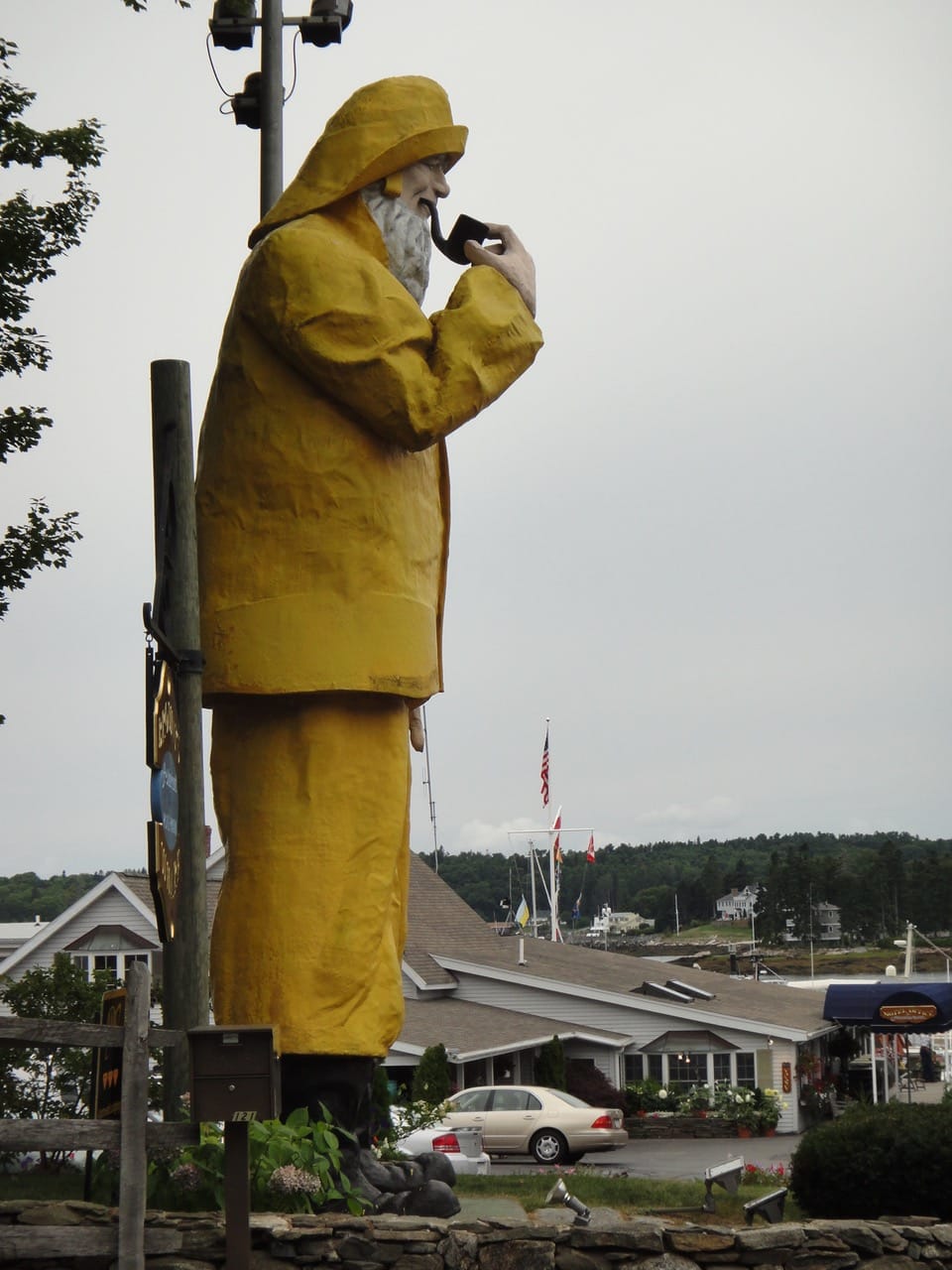
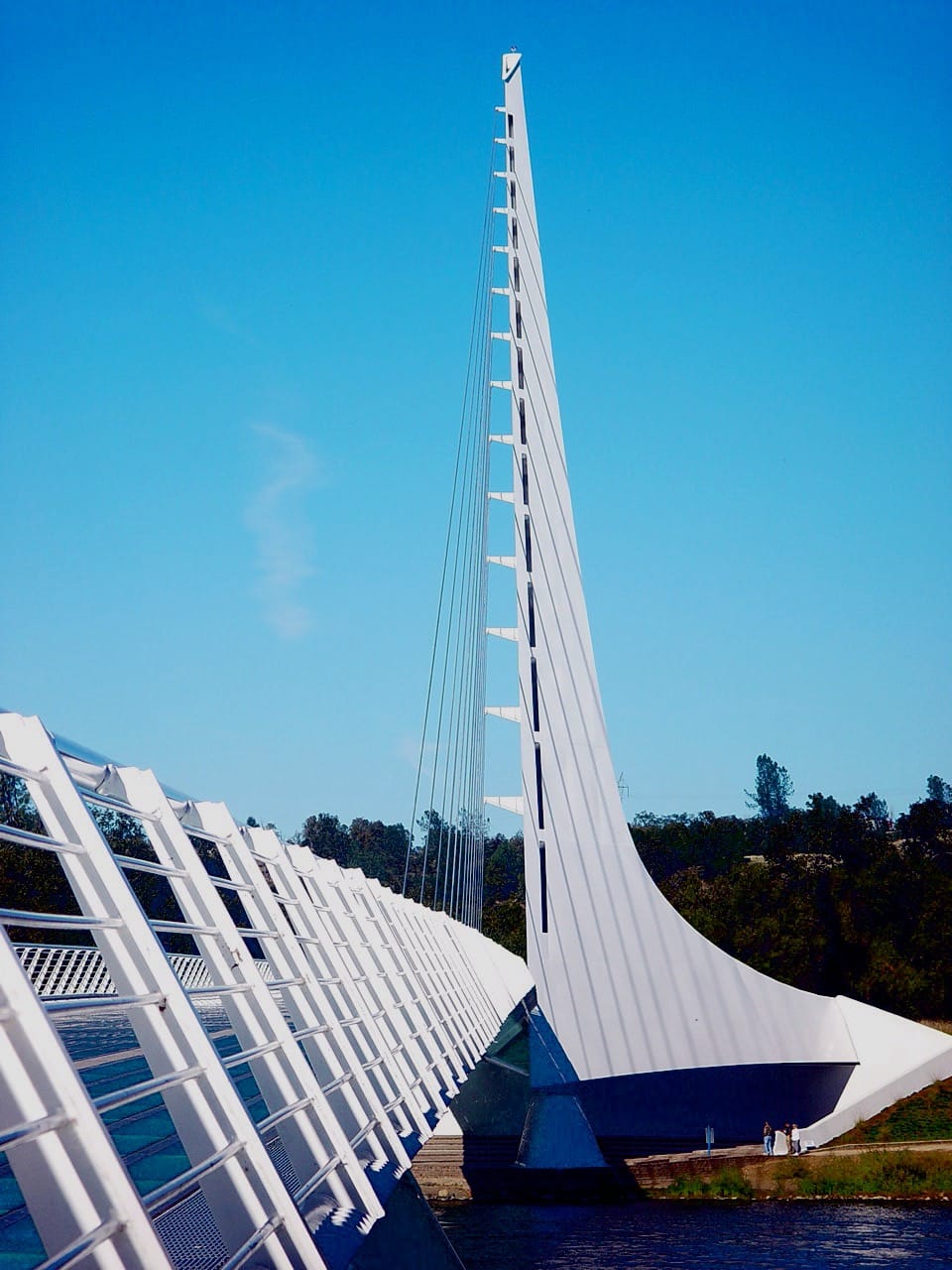
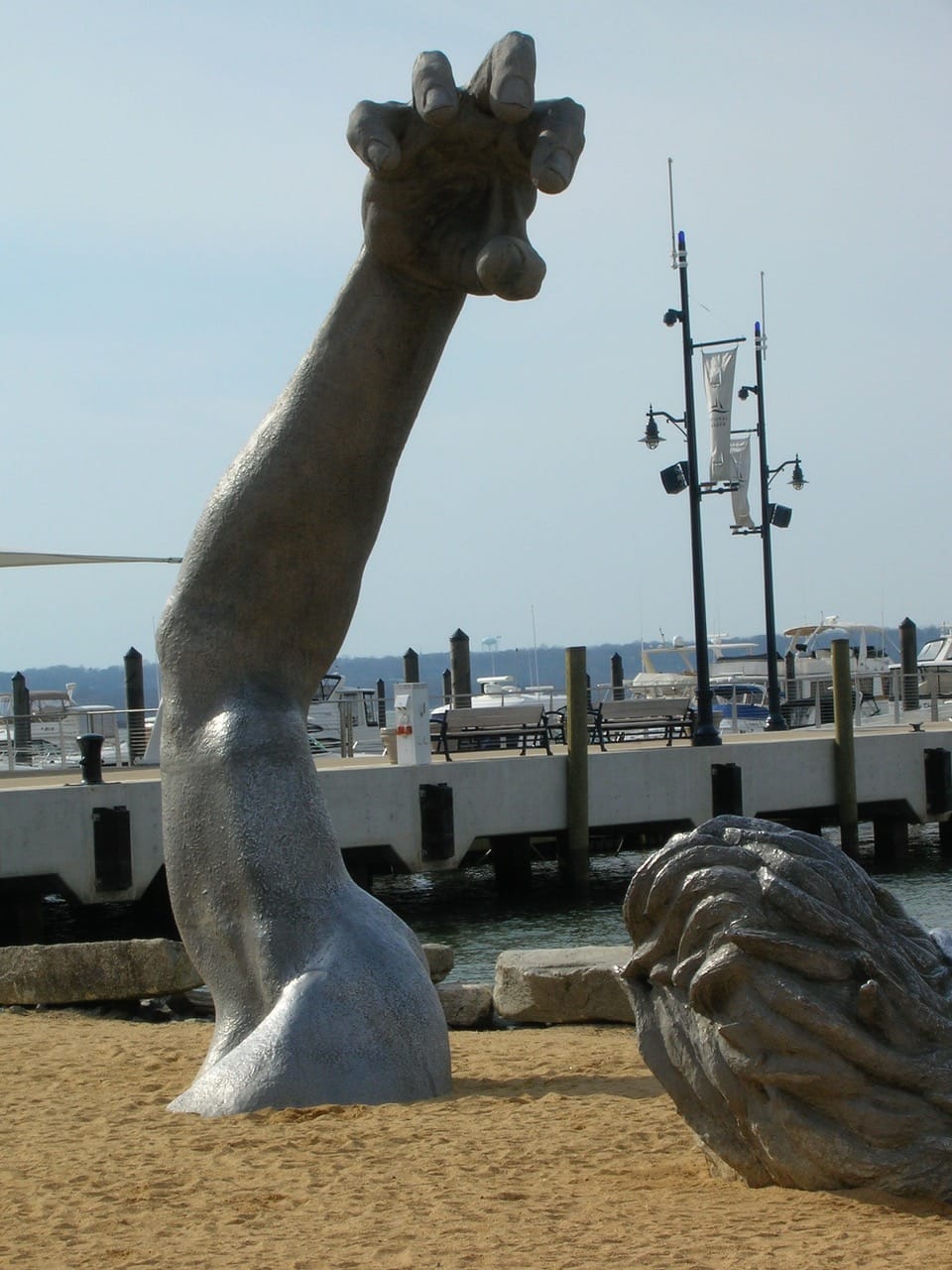
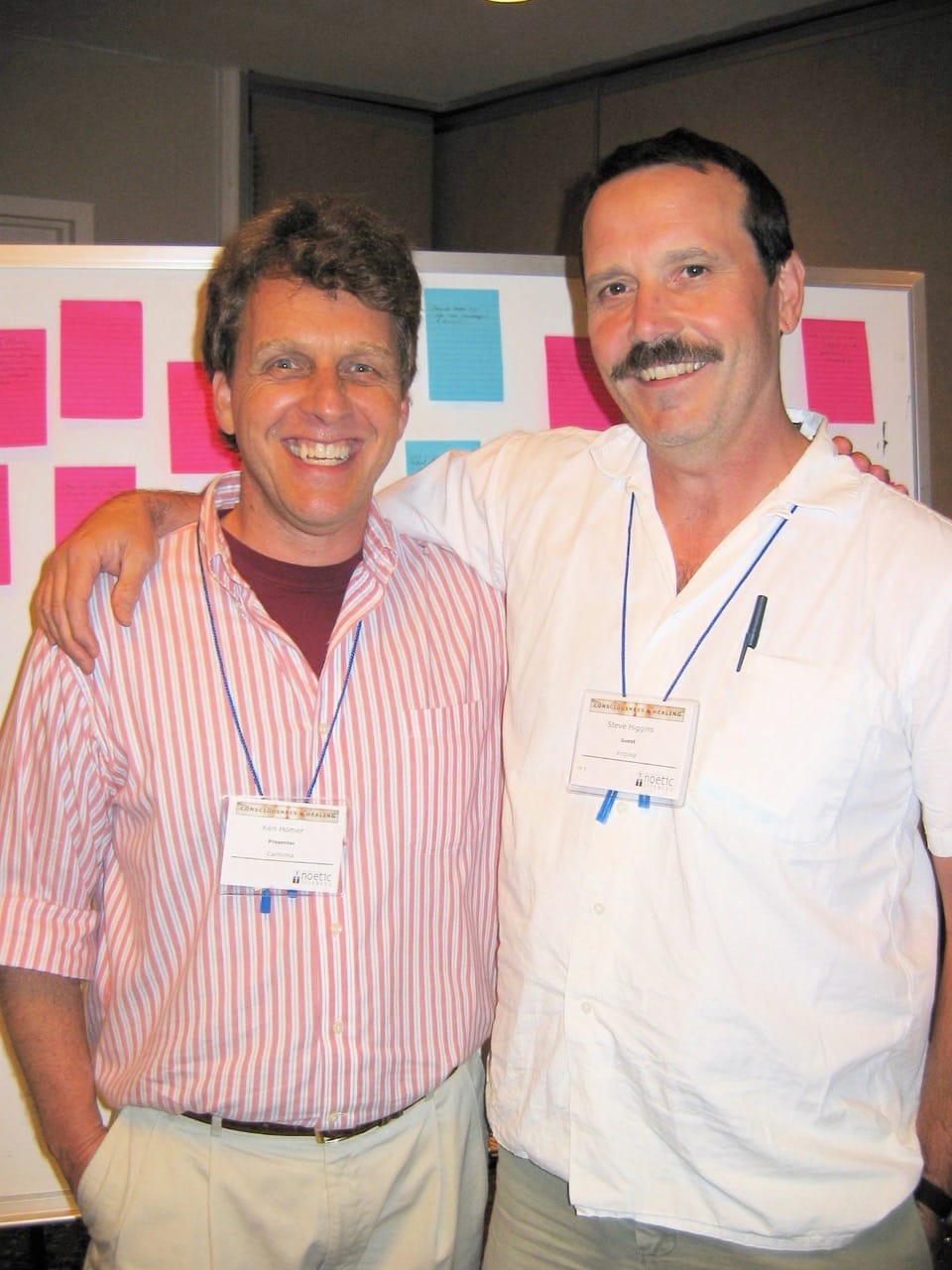
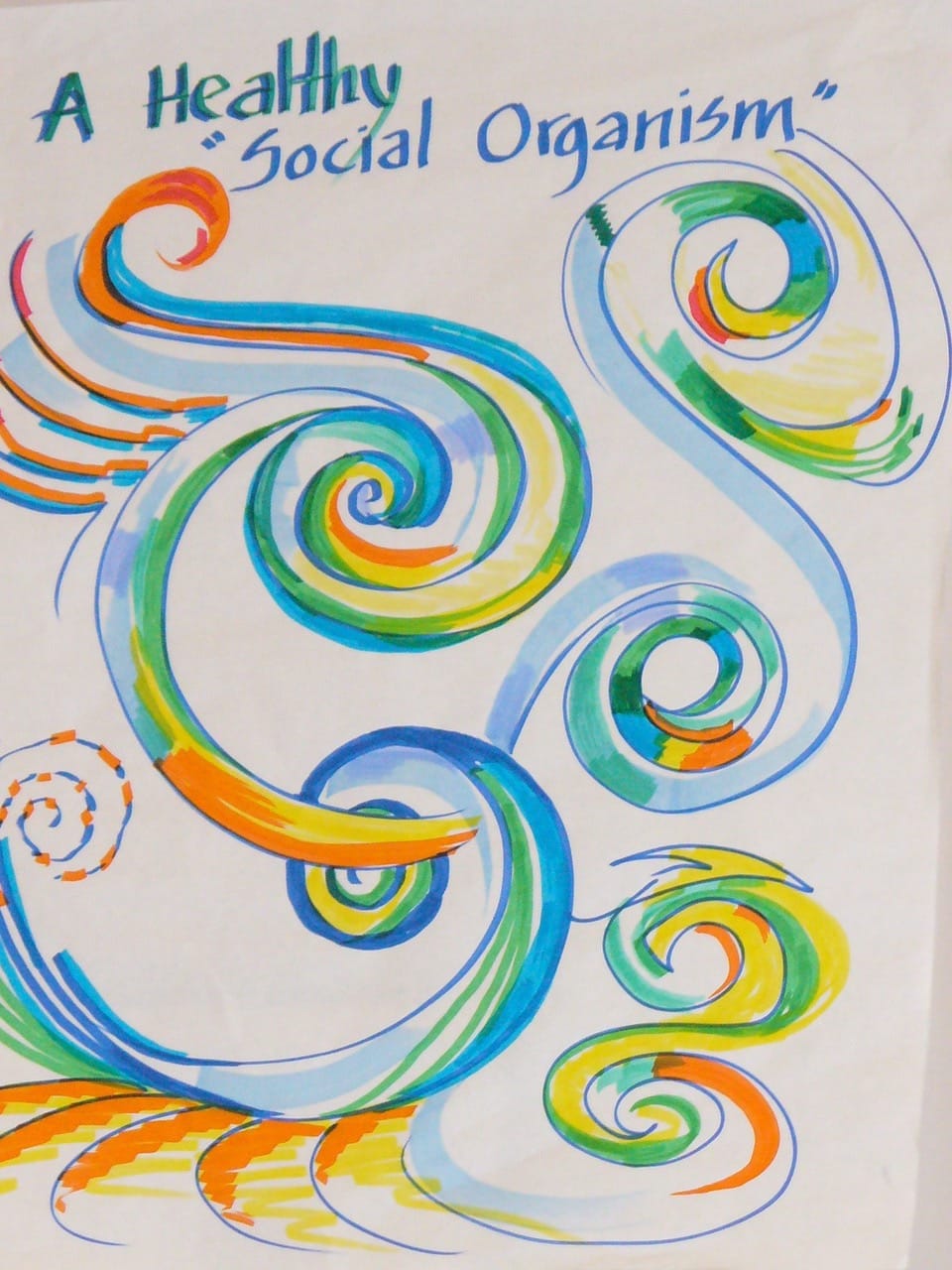
charles blass
How to Survive Life In Hell
by Ken Homer
“What fresh Hell is this?”
~Dorothy Parker
“Abandon all hope ye who enter here.” Sign over the gates of Hell in The Divine Comedy.
~Dante Alighieri
“When you find yourself going through Hell, keep going.”
~Winston Churchill
“The biggest challenge that humans face is learning to keep our hearts open in Hell.”
~Stephen Levine
Turn on any news media and you can see Hellscapes everywhere every day.
No longer is Hell somewhere else–Gaza or Kiev or Bangladesh. Nope, Hell is now front and center right here in the good ole USA. Last fall the face of Hell appeared in Asheville, NC. And, nearly four months later, things are still tough going for residents of the area. It will take years to fully recover, if a full recovery is even possible in today’s world.
More recently we saw Los Angeles turned into Hell – literally! An inferno driven by near hurricane force winds engulfed vast swathes of the city reducing posh neighborhoods – that until recently looked like postcards of the American Dream – to ash and rubble in what will surely be the most costly and damaging fire in our nation’s history – to date.
I read that among the wealthier people who lost their homes, some are paying up to $25,000 a month for rent in temporary quarters while those of more modest means are living in tents, shelters, their cars or worse. Seems that some property owners whose houses were spared have taken a page from Uber’s playbook and instituted “surge pricing,” aka, charge whatever the market will bear. The problem with that of course, is that in a country with large income disparities, the market will bear huge prices for the few who can afford them, while the rest are consigned to wander around Hell and survive as best they can.
Speaking of wealth and money, in Washington DC another kind of Hellscape is taking shape. The MAGA-dominated faction of the government of The United States of America is raising Hell by calling for democratic-leaning California to offer up concessions in order for Congress to free up Federal disaster money to alleviate the suffering of people of all political persuasions. It seems the billionaires, who now enjoy a level of power not seen since The Gilded Age, don’t want to let this crisis go to waste. The message is stark, if your state didn’t vote red, you can drop dead. And that’s only the tip of the iceberg. As things stand now, it sure looks like we can expect a lot more Hell to come.
I could go on listing examples of how us-humans – including a large number of self-identified Christians whose mission is supposed to be the creation of Heaven on Earth – are actively creating Hell on Earth. But if you are even vaguely aware of what’s unfolding these days, you already know that things are bad. As Lily Tomlin once said, things are going to get worse before they get worse. And now we see how right she was.
All this brings me to the quotes that appear at the start of this post.
What fresh Hell is this?
IMO, the question is better stated as: what old Hell is gaining new ground? Answer: greed, hatred, and delusion – which are The Three Poisons of the mind that The Buddha identified some 2,600 years ago. While the forms have changed, the essence remains the same. Those with some Buddhist background will recognize the validity of the teaching that form is not other than emptiness and emptiness is not other than form.
Abandon all hope ye who enter here.
I couple this with an anecdote from either Band of Brothers or Ken Burns’ The War. A year after the Normandy Invasion, new troops were coming to the front. A battle-hardened vet told a newbie something along the lines of, if you want to survive, you have to assume you are already dead. Otherwise, your fear will overwhelm you and surely cost you your sanity and likely your life. There is wisdom in abandoning hope while holding fast to the faith that what you do matters; that’ll help you access to your resources when you need them.
As we enter the second half of the second decade of the Third Millenium, we all have to assume a similar mindset; we have already lost so much of what we hold dear that the only way to stay connected to our sources of courage is to love life as fiercely as possible.
When you find yourself going through Hell, keep going.
There is nothing on the horizon that looks like a rescue party headed our way. We live in a nobody-in-charge world. The likelihood of a deity or an alien intelligence or a great leader arising to save our collective asses is infinitesimally small and cannot be counted on. We can’t allow ourselves the luxury of believing that someone or something else will come along and resolve the many interlocking messes in which us-humas are currently embedded. Us-humans made these messes; us-humans have to unmake them. Notice that there are no “others” in the collective of “us-humans”, so we best stop all our othering and get to figuring out how to live in what remains of the world as it is before it’s too late.
The biggest challenge that us-humans face is keeping our hearts open in Hell.
As more and more of our lovely planet is turned into active Hellscapes, anger, outrage, and despair are natural responses. To secure a future worth living into, us-humans will have to find it within ourselves to look with compassion at those we are inclined to see as responsible for the destruction and devastation rising around us. We need to identify and speak to their suffering lest we amplify the trauma from which they are operating. We’ll need access to the better angels of our nature in order to act, as Abraham Lincoln so eloquently put it, “with malice toward none and charity for all.”
The work of making a world where all can thrive is possible. But to get there us-humans have to traverse and unmake the Hell we’ve created. If you see the current situation as impossible, then necessity dictates that us-humans have no choice but to do the impossible. Collectively learning to slow down and reverse an extinction event by the species responsible for it is now an evolutionary imperative for Homo Sapiens Sapiens. We must become Homo Sapiens Sapiens Sapiens or thrice knowing primates.
That’s a tall order… Gonna be Hell getting there. So, let’s each of us undertake the practice of being the reason that someone else has the courage to keep their heart open in Hell.
Ken Homer • February 2025
Thank you for reading! The next edition will be published on 19 February 2025. Email Pete with suggested submissions.
Grateful appreciation and many thanks to Charles Blass, Douglass Carmichael, Patti Cobian, Julian Gómez, Ken Homer, Todd Hoskins, Kevin Jones, Klaus Mager, Linda & Jack Park, and George Pór for their kind contributions to this issue.